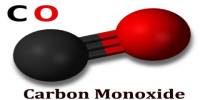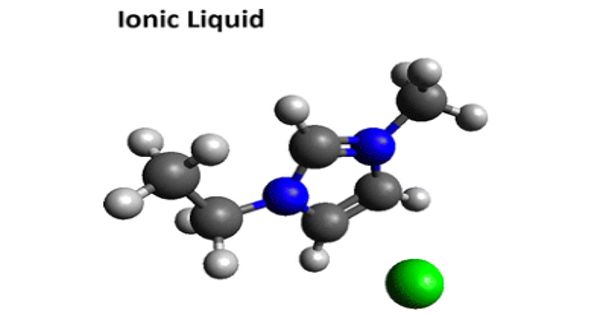Cemented carbides are a type of hard substance that is widely utilized for cutting tools and other industrial purposes. It is made up of tiny carbide particles that have been bonded together using a binder metal. These composite materials, sometimes known as hard metals or tungsten carbides, are commonly used in cutting tools, wear-resistant parts, and other applications that require high hardness and strength.
Cemented carbides frequently use tungsten carbide (WC), titanium carbide (TiC), or tantalum carbide (TaC) as the aggregates. In industrial applications, the terms “carbide” and “tungsten carbide” typically refer to these cemented composites.
Carbide cutters usually leave a better surface finish on a part and allow for faster machining than high-speed steel or other tool steels. Carbide tools can sustain higher temperatures at the cutter-workpiece interface than normal high-speed steel tools (this is one of the key reasons for quicker machining). Carbide is typically preferred for cutting difficult materials like carbon steel or stainless steel, as well as in instances where other cutting tools would wear out faster, such as high-volume manufacturing runs. When carbide tooling is not required, high-speed steel is preferable since it is less expensive.
Construction
Cemented carbides are metal matrix composites in which carbide particles serve as the aggregate and a metallic binder as the matrix (similar to concrete, which has a gravel aggregate suspended in a cement matrix). The structure of cemented carbide is conceptually comparable to that of a grinding wheel, but the abrasive particles are much finer; macroscopically, the material of a carbide cutter seems uniform.
Physical properties
The coefficient of thermal expansion of cemented tungsten carbide varies according to the amount of cobalt employed as a metal binder. 5.9% of cobalt samples had a coefficient of 4.4 μm/m•K, whereas 13% had a value of approximately 5.0 μm/m•K. Both values are only valid from 20 °C (68 °F) to 60 °C (140 °F) due to non-linearity in the thermal expansion process.
Here are some key points about cemented carbides:
- Composition: They are typically composed of hard carbide particles (such as tungsten carbide WC) bonded together by a metal binder (usually cobalt Co). Other carbides like titanium carbide (TiC) or tantalum carbide (TaC) can also be used depending on the application.
- Properties: Cemented carbides are valued for their extreme hardness, high wear resistance, and strength. They are much harder than steel and can withstand high temperatures, making them suitable for cutting tools and wear-resistant parts.
- Manufacturing: Production involves powder metallurgy techniques where the carbide grains are mixed with a binder phase (cobalt), compacted under high pressure, and then sintered at high temperatures to form a dense, hard material.
Applications
- Cutting Tools: Used in drills, milling cutters, inserts for turning, and other machining applications due to their hardness and wear resistance.
- Mining and Construction: Used in rock drilling tools, bits for tunnel boring machines, and other equipment that encounters abrasive materials.
- Wear Parts: Found in components like nozzles, dies, punches, and valves where resistance to wear and high temperatures is critical.
















